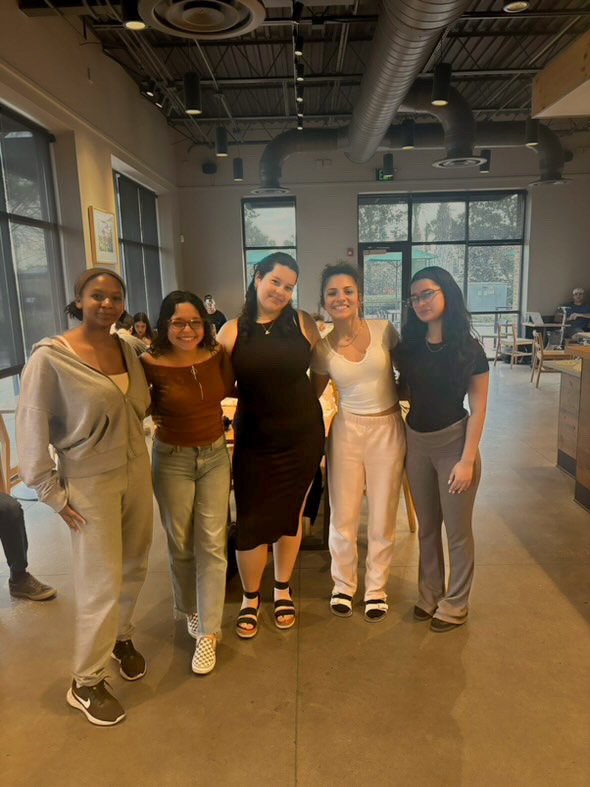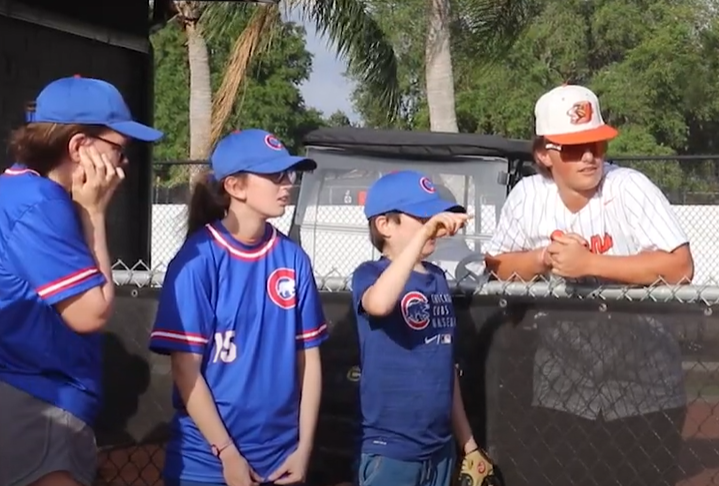Unemployment situation uncertain despite vaccines
This story was originally published in the fourth edition of The Lion’s Tale (February 7, 2021).
At the beginning of the coronavirus outbreak, many people were panicking about the possibility of losing their jobs. Many had already lost their job due to the virus’s propensity for wreaking havoc on the economy. More panicked over how they could provide for their families and themselves. Since March, 20.6 million Americans have lost their jobs. However, now that multiple vaccines, with more on the way, have been developed and approved and are being distributed, where do we go from here?
Forty states reported that they are going to continue opening more restaurants, bars, retail stores and travel and tourism opportunities. However, even if work becomes more readily available, the question of how safe those workplaces are- for example, the degree to which they accommodate social distancing- remains. Research has shown 40 percent of people are looking into new jobs because of the poor safety precautions at their current work. Many who have the option have chosen to work from home.
However, in some cases, working from home does not pay nearly as much as working in person would, and in many more fields, particularly the service industry, it just isn’t possible. Some companies have raised wages for those willing to work long hours at in- person jobs where their health may be endangered, but this clearly doesn’t get to the root of the problem.
Let’s not forget the best solution we have to the disruption the pandemic is causing. Widespread mask-wearing at grocery stores, schools and other establishments, and the practicing of social distancing where possible, could significantly diminish the spread of the virus. With the rise of multiple coronavirus variants, including those from the U.K. and South Africa, which may be more contagious than earlier strains, this seems particularly important.
We cannot rely on the vaccine to save us immediately. For one, it’s going to take months to distribute it to enough people to begin approaching herd immunity. We also have to deal with the fact that a significant part of the population will simply refuse the vaccine; studies suggest
as many as 30 percent of Americans have no intention of getting it. Hopefully, the fact that the vaccine is (mostly) free, and the fact that many large companies are paying their employees to receive it will encourage vaccination, but again, we can’t be certain.
So, in the meantime, the pandemic will grind on. Many families will continue to struggle to provide for themselves, with hunger rates remaining high. Unemployment will remain an issue as a substantial number of businesses remain closed. Another round of economic stimulus, including $1,400 direct payments for those below a certain income level, is making its way through Congress, but that too will take time. Things are starting to look up, but more than anything right now, we have to do what we’ve done since the beginning: look out and care for each other.
Your donation will support the student journalists of Oviedo High School. Your contribution will allow us to purchase equipment and cover our annual website hosting and printing costs. Thank you!

![Prom king Colin Napier and queen Leah Hopkins dance the night away during the Golden Gala on April 26th. Prior to the prom, the Student Government must make many preparations over the course of months in order to ensure it goes off without a hitch. However, their work eventually pays off when it comes time for the dance. “We set up [the prom] the day before, and it’s horrible. We’re there for a very long time, and then we get our beauty sleep, and then we get ready for prom the next day,” Aubrie Sandifer said.](https://oviedojournalism.com/wp-content/uploads/2025/05/Oviedo-197-800x1200.jpg)






![Hopkins at Honor Grad with golf coach John McKernan. As Hopkins’ golf coach for the last two years he has seen Hopkins’ growth as a player and person along with their contributions to the team. “[Hopkins] has just been really helpful since I took [the golf team] over, just anything I wanted to do I ran by [Hopkins],” said McKernan.](https://oviedojournalism.com/wp-content/uploads/2025/05/B66A7760-800x1200.jpg)




























